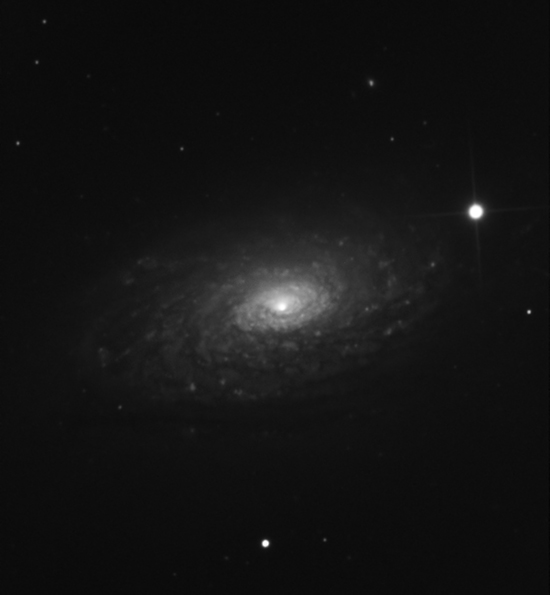This is the best so far. It is 600/3000 frames from Saturday morning, April 23, UT. Taken with the CFF290CC at around f/30, using a TV 2.5x Powermate. Camera is a ZWO ASI224MC. Notice the Great Red Spot on the right.
Below is an image also taken that night but not quite as well. I am learning. But I wanted to catch the moons in action. Here is Io on the right, casting a shadow, and Europa is on the left.






